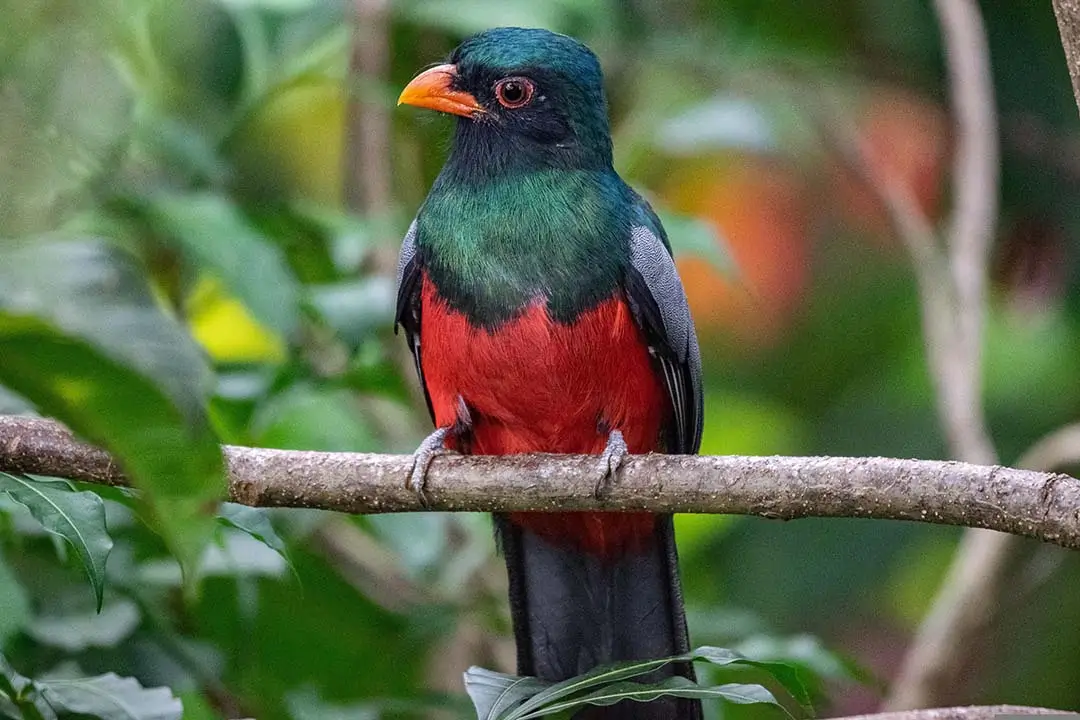
BIRDING IN
Chizarira National Park

BIRDING IN
Chizarira National Park

BIRDING IN
Chizarira National Park

BIRDING IN
Chizarira National Park
Chizarira National Park lies on, and south of, the Zambezi Rift Valley escarpment, about 80 km south-east of the small town of Binga, on the southern shore of Lake Kariba. The park is bounded in the north, west and east by Binga, Gokwe and Manjolo Communal Lands and in the south by the Chirisa Safari Area. It falls within Binga District of Matabele land North Province and forms part of the Sebungwe region. It is accessible by dirt roads from Binga, Gokwe and Lusulu. The dramatic Chizarira escarpment rises up 500 m from the Zambezi valley, peaking at 1,434 m on Tundazi Mountain, and drops gradually down to the Busi River in the south of the park (800 m). The escarpment is deeply dissected by gorges through which flow the Mucheni, Luzilukulu (Rhuziruhuru) and Sengwa rivers. The gorges are up to 460 m deep and form a spectacular sight.
Tourists are attracted to the scenery and high wilderness quality of the park. On the top of the escarpment the climate is cooler and wetter than the adjacent Zambezi valley. Rainfall is about 600 mm annually and temperatures can rise to 40°C in the hot dry season. During winter the temperature drops to below 0°C in the river valleys. Along the escarpment the north-facing scree slopes are sparsely vegetated. In contrast, the gentler south-facing slopes are covered with miombo woodland of Brachystegia and Julbernardia. Fire and elephants help to keep the woodlands open. There are numerous grassy vleis, springs e.g. Manzituba, Muchininga and streams originating from the central watershed in the park. Other vegetation-types include mopaneColophospermum woodland, 'sidaga' grassland, Combretum/ Commiphora thickets, and riparian woodland/forest of Acacia/ Trichilia (also containing elements of the Eastern Highlands vegetation)
Chizarira National Park is the third-largest national park in Zimbabwe, and also one of the least known because of its isolated situation on the Zambezi Escarpment.Chizarira provides a wide variety of habitats for birds, with nearly 400 species having been recorded.Chizarira has a huge variety of bird life and hundreds of species have been sighted within the Park, sought after birds recorded include the African broadbill, Livingstone's flycatcher, yellow-spotted nicator, African emerald cuckoo and the rare and elusive African pitta. Chizarira is also home to the Taita falcon which breeds within the Park.
Our Experts are ready to provide answers
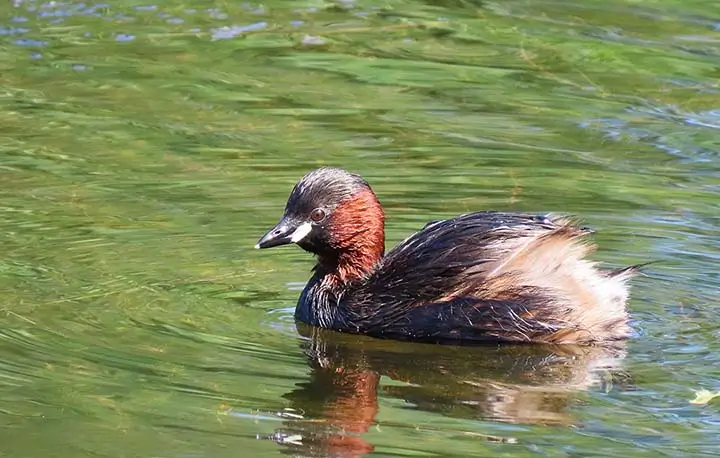
Common birds to look out for while catching your breath are several miombo specials, namely the Miombo Rock Thrush, Miombo Grey and Rufousbellied tits, Miombo Double-collared Sunbird, and MashonaHyliota.
Read More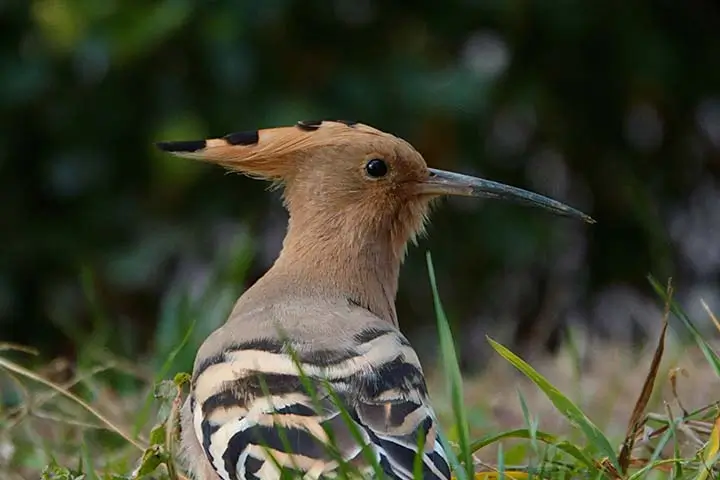
owering red cliffs and massive baobab trees create a dramatic backdrop to Big 5 game viewing as well as bird watching that ranks among the best in the region.
Read More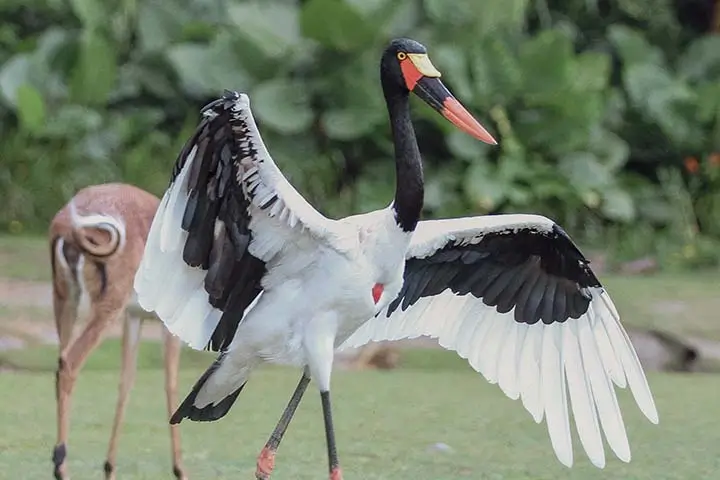
Generally, Hwange is considered to be of conservation importance for 24 species, including Ciconiaepiscopus, Oxyuramaccoa, Gallinula angulata and Chlidonias hybridus.
Read More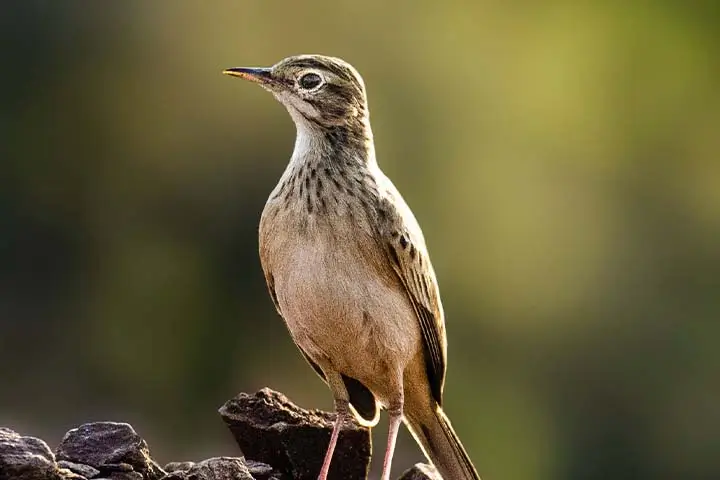
he pan systems are also ideal habitat to a large variety of water birds, with a number of species including storks, crowned cranes, stilts, cormorants, ducks and kingfishers occurring throughout the area.
Read More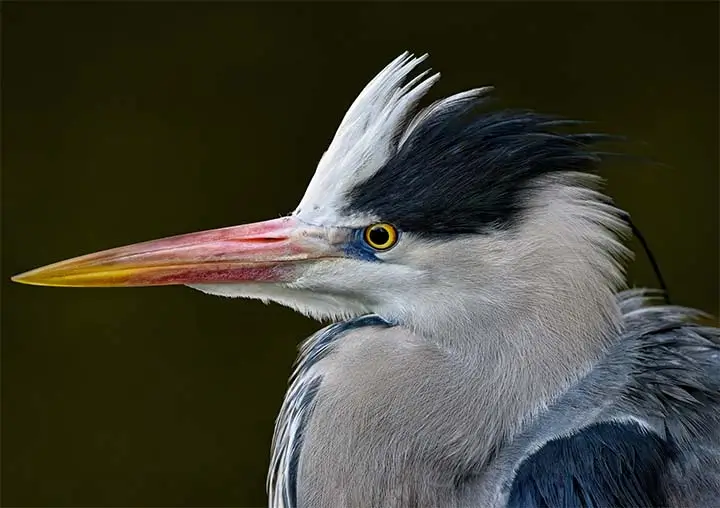
The remnant pools of the mighty Zambezi River attract many mammals and bird species.
Read More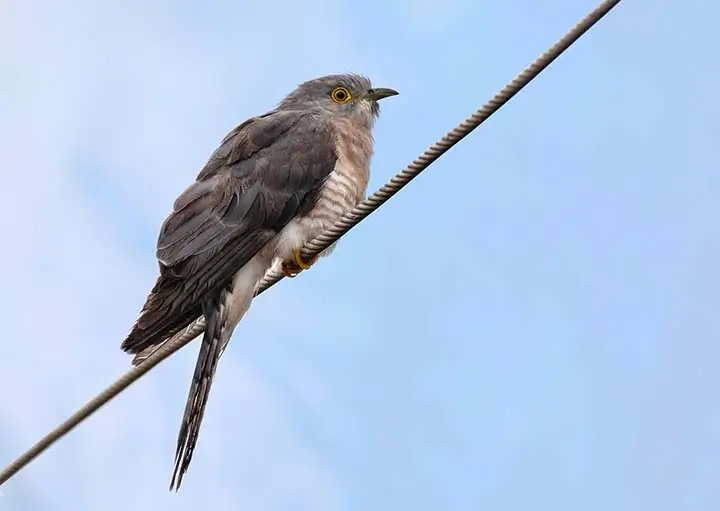
Matobo National Park contains the highest concentration of black eagles, and breeding pairs of these birds, worldwide.
Read More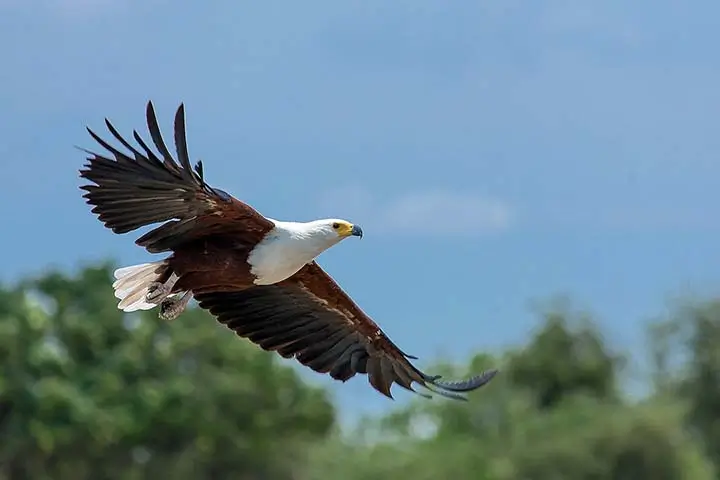
Giant African fishing eagles sit on trees. Smaller but colorful kingfishers and bee-eaters divebomb for fish and insects and when you add all the egrets and cranes and storks it's a total birder's paradise.
Read More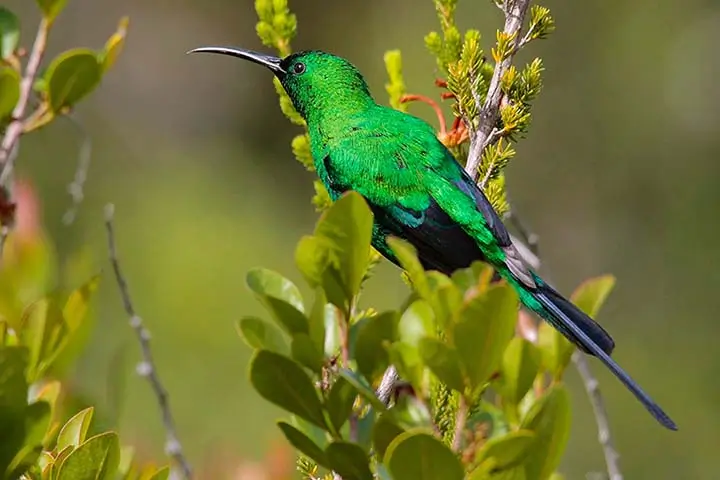
The Nyanga Mountains form the northernmost extent of the Eastern Highlands in Zimbabwe. They lie about 70 km north-east of Mutare in two rural Districts, Nyanga and Mutasa.
Read More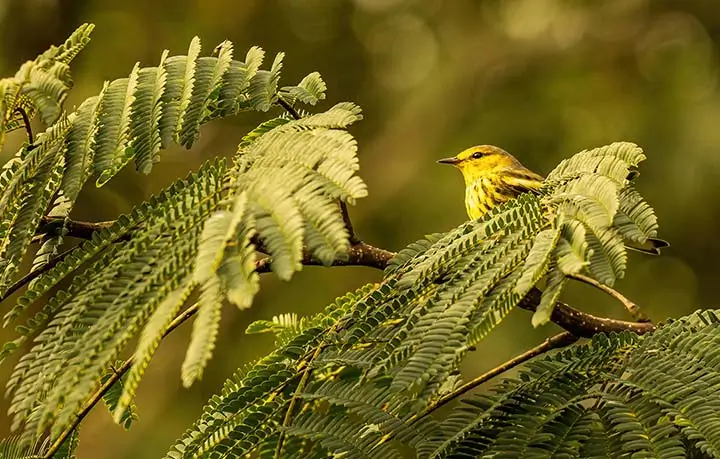
Lake Chivero hosts many waterbirds, and 100 species are on the checklist. At times, thousands occur. In the austral winter, many ducks loaf on the dam during their flightless moult.
Read More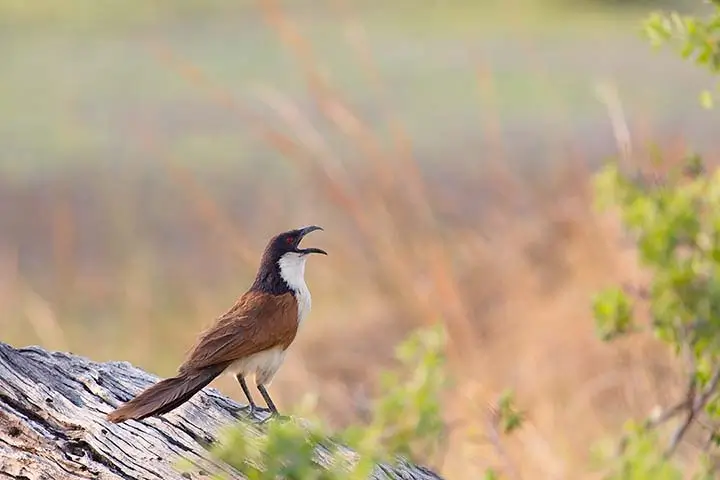
There are bird specials here that are far easier to find than anywhere else in the country. You'll probably be able to tick off lifers like grey-headed parrot, African broadbill, short-clawed lark, Shelley's francolin and crested guineafowl. Others, like Arnott's chat and the Senegal coucal, are central African birds at the southern edge of their range here.
Read More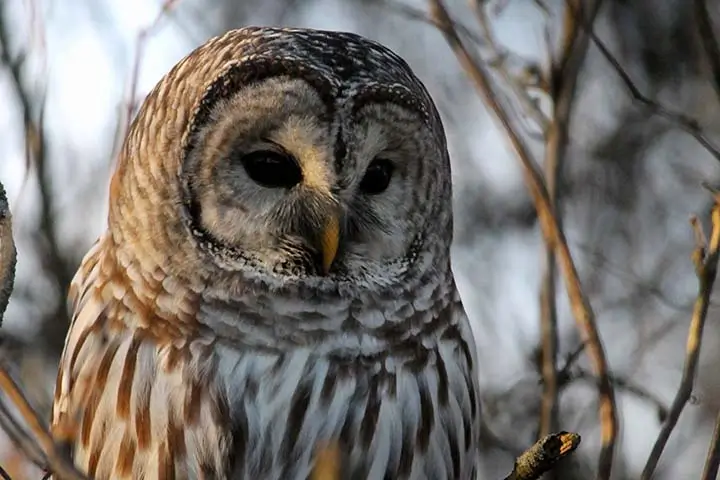
Just 15 kilometres from Mutare, the capital of Manicaland province, rise the rounded granite domes of the Bvumba, the Eastern Highlands' most popular birding destination.
Read More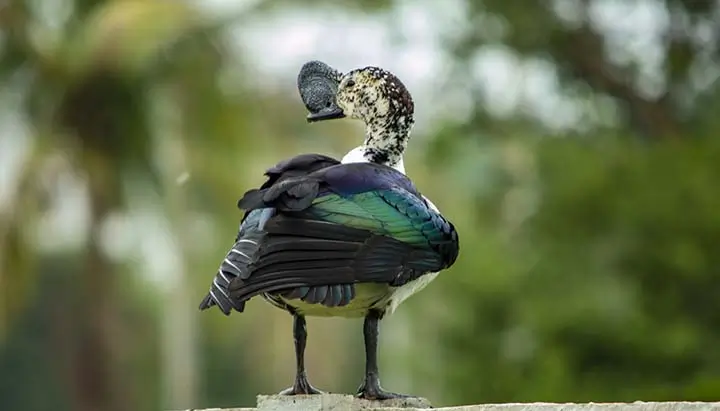
Birding is a highlight of a trip to Victoria Falls: 470 species of birds have been recorded in both these parks and in the Victoria Falls area, including Pel's fishing owl, African skimmers.
Read More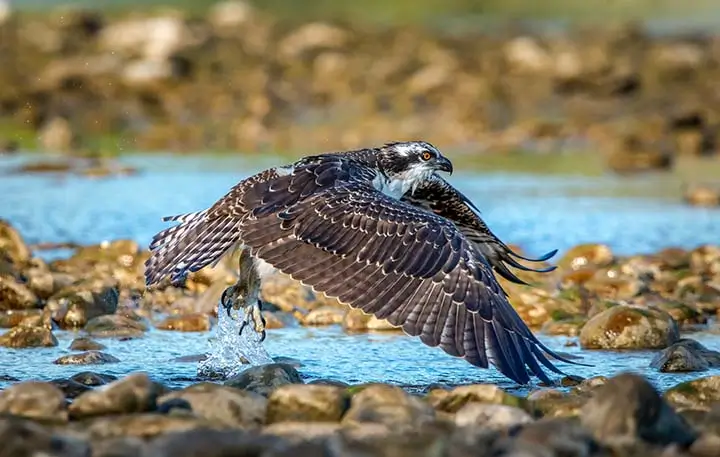
Over 400 species of birds have been recorded within the Zambezi National Park. Pel's fishing owl, African skimmer, collared palm thrush; lanner falcon, goliath heron, African finfoot, rock pratincole and long-toed lapwing are considered to be among the speciality birds of the park.
Read More